Home>Garden Essentials>Define Cereal Grains And Describe How It Relates To Crop Rotation.
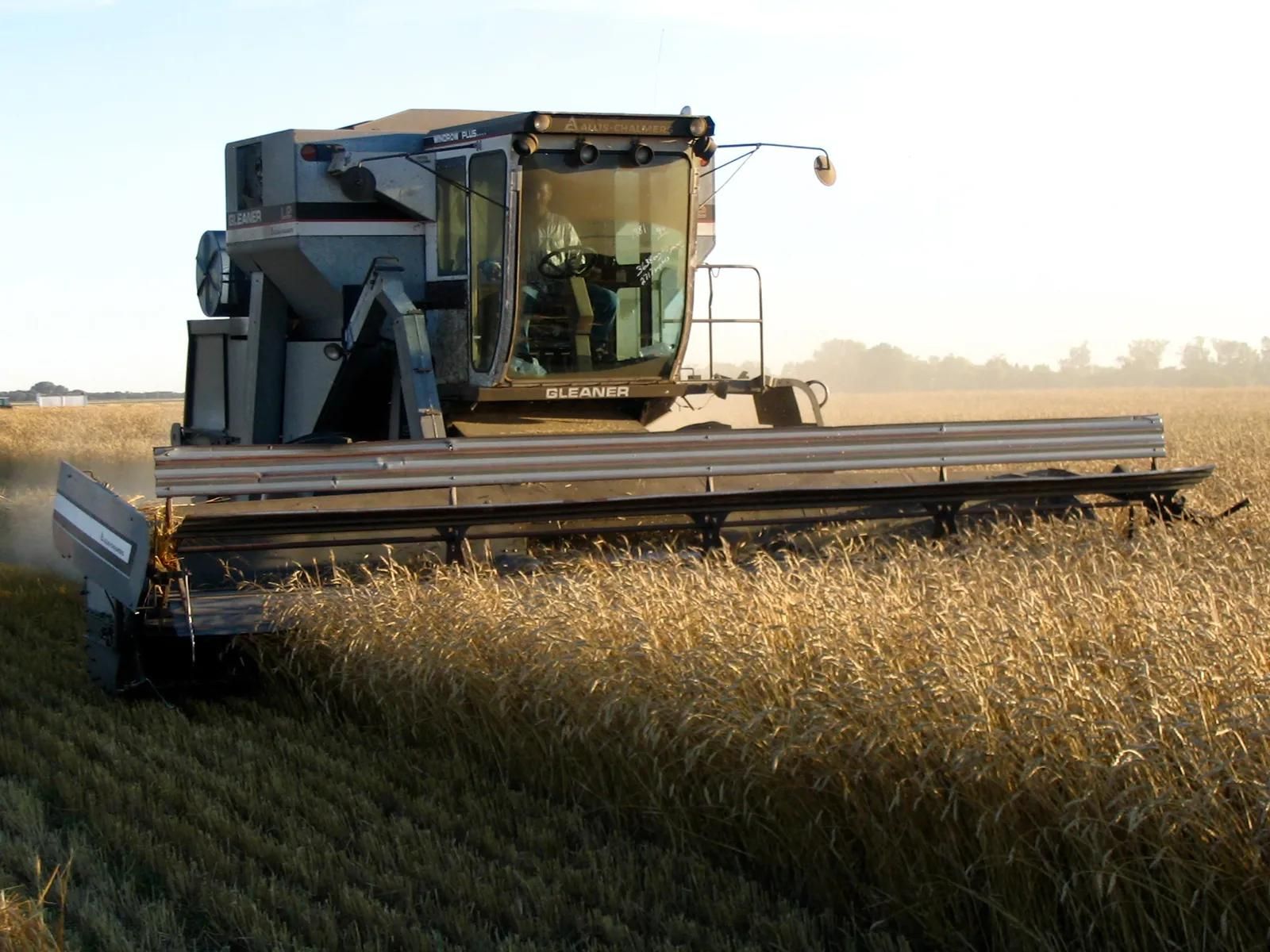

Garden Essentials
Define Cereal Grains And Describe How It Relates To Crop Rotation.
Modified: March 16, 2024
Learn how cereal grains relate to crop rotation in the garden. Discover the benefits and importance of incorporating cereal grains into your crop rotation system.
(Many of the links in this article redirect to a specific reviewed product. Your purchase of these products through affiliate links helps to generate commission for Storables.com, at no extra cost. Learn more)
Introduction
Welcome to the fascinating world of cereal grains and crop rotation. In this article, we will explore the definition of cereal grains and delve into the importance of crop rotation in agriculture. We will also discuss the relationship between cereal grains and crop rotation, and the benefits of incorporating cereal grains in crop rotation systems.
Cereal grains, also known as “corn or grain crops,” are staple crops worldwide and play a crucial role in human nutrition. These crops are cultivated for their edible seeds, which serve as a significant source of carbohydrates, proteins, and essential nutrients. Wheat, rice, corn, barley, oats, and rye are some of the common cereal grains grown globally.
Crop rotation, on the other hand, is a sustainable agricultural practice that involves alternating the cultivation of different crops in a specific sequence on the same piece of land over a period of time. This practice serves multiple purposes, such as improving soil fertility, preventing diseases and pests, reducing soil erosion, and maximizing crop yield.
The relationship between cereal grains and crop rotation is deeply intertwined. Cereal grains are often included as a crucial component in crop rotation systems due to their numerous benefits. These grains not only provide valuable food resources but also contribute to the overall health and productivity of the soil.
Throughout this article, we will explore in detail how cereal grains and crop rotation work hand in hand to create sustainable and resilient agricultural systems. So, let’s dive deeper into this fascinating relationship and discover the many advantages of incorporating cereal grains in crop rotation.
Key Takeaways:
- Cereal grains like wheat, rice, and corn are super important for food and farming. They help keep the soil healthy and prevent pests when farmers switch up the crops they grow.
- Mixing things up by growing different crops, including cereal grains, makes farms stronger and more sustainable. It’s like giving the land a healthy, diverse diet to stay strong and productive.
Definition of Cereal Grains
Cereal grains are a group of plants that belong to the grass family, Poaceae. These plants are cultivated and harvested for their edible seeds, which serve as essential sources of food for humans and animals alike. Cereal grains are not only rich in carbohydrates but also contain varying amounts of proteins, fiber, vitamins, minerals, and antioxidants.
Common cereal grains include wheat, rice, corn (maize), barley, oats, rye, and millet. Each grain has its unique characteristics, flavor profiles, and nutritional compositions.
Wheat is one of the most widely cultivated cereal grains in the world. It is a staple food for many populations and used to make various food products such as bread, pasta, and pastries. Rice, on the other hand, is the primary staple grain for billions of people, particularly in Asia. It comes in different varieties, including long-grain, short-grain, and sticky rice, each with its culinary uses and flavors.
Corn, also known as maize, is a versatile grain used in a multitude of ways. It can be eaten as sweetcorn, ground into cornmeal, or processed into oils, syrups, and biofuels. Barley has been cultivated for thousands of years and is often used in the production of beer and whiskey, as well as in soups, casseroles, and salads. Oats, commonly consumed as oatmeal or rolled oats, are known for their high fiber content and are used in baking and breakfast cereals.
Rye and millet are consumed less commonly but still serve essential roles in regional cuisines. Rye grain, often used to make rye bread and rye whiskey, has a distinctive flavor and is well-suited for cooler climates. Millet, a gluten-free grain, is utilized in various ways, including as a flour substitute for those with dietary restrictions.
Overall, cereal grains are versatile plants that have sustained human civilizations for thousands of years. They provide a reliable source of nutrition and are utilized in a wide range of culinary traditions around the world.
Importance of Crop Rotation
Crop rotation is a fundamental practice in agriculture that offers numerous benefits for both the crops and the soil. It involves systematically changing the type of crop planted in a specific field over a period of time. The importance of crop rotation cannot be overstated, as it plays a vital role in maintaining soil health, preventing diseases and pests, improving nutrient availability, and maximizing crop yield.
One of the primary reasons for implementing crop rotation is to reduce the risk of crop diseases and pests. Different crops have varying susceptibility to diseases and pests, and planting the same crop repeatedly in the same field can create a favorable environment for the buildup of pathogens and pests. By rotating crops, farmers can disrupt the life cycles of pests and pathogens, reducing their populations and the risk of associated diseases. This helps to maintain the overall health of the crops and ensures a more sustainable and resilient farming system.
Crop rotation also helps to improve soil fertility and structure. Different crops have different nutrient requirements, and by planting a diverse range of crops, farmers can avoid depleting specific nutrients from the soil. For example, legume crops, such as soybeans or peas, have the ability to fix atmospheric nitrogen into a usable form, enriching the soil with this essential nutrient. Additionally, certain crops have deep roots that help break up compacted soil, improving its structure and allowing better water infiltration and root development. This, in turn, enhances the overall health and productivity of the soil.
Furthermore, crop rotation can contribute to weed management. Certain weed species have specific preferences for certain crops, and by incorporating crops in a rotation that are not favored by particular weeds, farmers can prevent weed infestations. Additionally, the use of specific crops, such as cover crops, in rotation can help suppress weed growth by shading the soil surface and competing for resources.
In terms of environmental sustainability, crop rotation helps to minimize the need for synthetic fertilizers, pesticides, and herbicides. By diversifying the crops, farmers can naturally control pests and diseases, reducing the reliance on chemical inputs. Additionally, crop rotation helps to minimize soil erosion, as different crops have varying root structures and cover the soil surface differently. This prevents erosion and helps to maintain soil health for future generations.
Overall, the importance of crop rotation lies in its ability to enhance soil health, prevent diseases and pests, improve nutrient availability, and promote sustainable farming practices. By implementing crop rotation, farmers can maximize crop yields, reduce environmental impacts, and foster long-term agricultural sustainability.
Relationship between Cereal Grains and Crop Rotation
The relationship between cereal grains and crop rotation is one of mutual benefit and symbiosis. Cereal grains, with their diverse nutritional profiles, play a crucial role in crop rotation systems, offering various advantages that contribute to the overall health and productivity of the rotation. At the same time, crop rotation enhances the growth and yield potential of cereal grains, creating a dynamic and sustainable agricultural system.
One of the key benefits of including cereal grains in crop rotation is their ability to break pest and disease cycles. By rotating cereal grains with other crops, such as legumes or vegetables, farmers can disrupt the life cycles of pests and pathogens that specifically target cereals. For example, certain insects and diseases that afflict wheat may have difficulty surviving or reproducing when followed by a non-host crop, reducing the risk for subsequent wheat crops. This helps minimize pesticide use and promotes a healthier growing environment for cereal grains.
Cereal grains also contribute to improving soil fertility and structure. Many cereal grains have deep roots that penetrate the soil, effectively aerating and breaking up compacted layers. This helps to enhance water infiltration, nutrient availability, and the overall health of the soil. Additionally, cereal grains, particularly legume grains like soybeans or peas, have the ability to fix atmospheric nitrogen into the soil through nitrogen-fixing bacteria present in their root nodules. This process enriches the soil with nitrogen, a vital nutrient for plant growth, and reduces the reliance on synthetic fertilizers.
Furthermore, cereal grains offer a unique opportunity for farmers to diversify their crop rotation and crop income. They can be grown for various purposes, including human consumption, animal feed, biofuels, and industrial applications. This versatility allows farmers to adapt to market demands and take advantage of different economic opportunities. Additionally, cereal grains are often high-yielding crops, which can contribute to overall crop rotation profitability.
In return, crop rotation benefits cereal grains by improving their overall health and yield potential. By including different crops in the rotation, farmers can enhance soil fertility, suppress weeds, and reduce pest and disease pressures, creating a more favorable environment for cereal grain growth. The diverse rotations also help break disease and pest cycles, reducing the likelihood of severe outbreaks that can significantly impact cereal grain crops.
In summary, the relationship between cereal grains and crop rotation is one of synergy and balance. Cereal grains provide important ecosystem services within crop rotations, such as pest and disease control, improved soil fertility, and income diversification. In return, crop rotation systems enhance the growth and productivity of cereal grains, leading to more sustainable and resilient agricultural systems.
Cereal grains are grasses cultivated for their edible seeds, such as wheat, rice, and corn. They are important in crop rotation because they help improve soil health by replenishing nutrients and breaking pest cycles.
Benefits of including Cereal Grains in Crop Rotation
Incorporating cereal grains into crop rotation systems offers a plethora of benefits that contribute to the overall health and productivity of the rotation. The inclusion of cereal grains, such as wheat, rice, corn, barley, oats, and rye, brings numerous advantages that help maintain soil fertility, prevent diseases and pests, improve nutrient cycling, and enhance the sustainability of the farming system.
One of the primary benefits of including cereal grains in crop rotation is their ability to break pest and disease cycles. Different cereal grains have varying susceptibility to pests and diseases, and rotating them with other crops disrupts the buildup and propagation of specific pathogens and pests. This reduces the overall pest and disease pressure in the rotation and minimizes the need for chemical interventions. By effectively managing pests and diseases, cereal grains help maintain the health and productivity of the entire rotation.
Cereal grains also play a crucial role in improving soil fertility. Many cereal grains have deep root systems that penetrate the soil, breaking up compacted layers and improving soil structure. This increases water infiltration, root exploration, and nutrient availability, ultimately enhancing the overall health and productivity of the soil. Additionally, cereal grains with nitrogen-fixing capabilities, such as legumes like soybeans or peas, can fix atmospheric nitrogen into the soil. This natural process enriches the soil with this vital nutrient and reduces the reliance on synthetic fertilizers.
Another benefit of including cereal grains in crop rotation is their ability to suppress weeds. Cereal grains, with their competitive growth and shading capabilities, effectively suppress weed growth and limit weed seed production. This reduces the weed pressure in subsequent crops and minimizes the need for herbicides. Additionally, cereal grains in rotation can serve as cover crops, protecting the soil surface from erosion, enhancing organic matter content, and promoting soil moisture retention.
Cereal grains contribute to the overall sustainability of the farming system by maximizing resource utilization. They have high nutritional value and can be used for human consumption, animal feed, biofuels, or as raw materials in various industries. This versatility allows farmers to diversify their income streams and adapt to market demands. Additionally, cereal grains, with their high yield potential, can contribute to overall crop rotation profitability.
Furthermore, including cereal grains in crop rotation helps conserve and improve the quality of natural resources. By utilizing crop rotations, farmers can reduce soil erosion, conserve water resources, and minimize the impact of agriculture on biodiversity. The incorporation of cereal grains in rotation enhances the overall ecosystem services provided by the farming system, contributing to long-term sustainability and resilience.
In summary, including cereal grains in crop rotation systems brings multiple benefits to the farming system. From pest and disease control to improved soil fertility, weed suppression, and resource utilization, cereal grains contribute significantly to the overall health, productivity, and sustainability of the rotation. By incorporating these versatile grains, farmers can optimize crop yields, reduce environmental impacts, and foster long-term agricultural viability.
Examples of Crop Rotation Systems involving Cereal Grains
Crop rotation is a flexible and customizable practice that can be tailored to suit specific farming systems and environmental conditions. There are various crop rotation systems that involve the incorporation of cereal grains, providing diverse benefits to the soil and crops. Let’s explore some examples of crop rotation systems involving cereal grains:
1. Traditional Three-Year Rotation: This rotation system is a classic approach to crop rotation and involves three crops: cereal grain, legume, and oilseed. In the first year, a cereal grain like wheat or barley is planted, followed by a legume crop such as soybeans or peas in the second year. The third year is dedicated to an oilseed crop like canola or sunflower. This rotation helps improve soil fertility by fixing nitrogen through the legumes, breaks pest and disease cycles, and diversifies crop income.
2. Four-Year Rotation with Cover Crop: In this rotation, cereal grains are alternated with other crops, and a cover crop is included to provide additional benefits. For example, the rotation might involve corn followed by a cover crop of rye or hairy vetch, then soybeans, and finally wheat. The cover crop helps suppress weeds, improves soil organic matter, and enhances nutrient cycling. This rotation system enhances soil health, reduces erosion, and contributes to overall sustainability.
3. Intensive Crop Rotation: This rotation system is commonly used in vegetable farming and involves rotating cereal grains, such as oats or rye, with vegetable crops. For instance, the rotation might include a year of cereal grain, followed by successive years of different vegetable crops like tomatoes, peppers, or cucumbers. This rotation helps reduce the risk of soil-borne diseases specific to certain vegetable crops, improves soil structure, and optimizes nutrient utilization.
4. Continuous Multi-Year Crop Rotation: This rotation system is more complex and involves longer rotations. It may include multiple cereal grain crops, cover crops, and forage crops to optimize soil health and productivity. For example, the rotation might consist of a sequence of winter wheat, followed by a cover crop mix of legumes and grasses, then transitioning to maize, and finally rotating with a forage crop like alfalfa. This multi-year rotation system improves soil structure, fertility, and nitrogen fixation while providing opportunities for livestock integration.
5. Organic Crop Rotation: Organic farming relies heavily on sustainable practices, including crop rotation. In organic systems, cereal grains are often incorporated in crop rotations to enhance soil fertility and suppress weeds without the use of synthetic inputs. These rotations may involve alternating cereal grains with legumes, green manure cover crops, or cash crops like vegetables or fruits. The inclusion of cereal grains helps break pest and disease cycles, increase nutrient availability, and support soil health in organic systems.
These are just a few examples of crop rotation systems involving cereal grains. The specific rotation chosen by farmers will depend on factors such as climate, soil type, market demand, and individual farm goals. The key is to create a rotation that maximizes the benefits of cereal grains, promotes sustainable farming practices, and contributes to the long-term viability of the farming system.
Conclusion
Cereal grains and crop rotation are inseparable partners in sustainable agriculture. Throughout this article, we have explored the definition of cereal grains, the importance of crop rotation, the relationship between cereal grains and crop rotation, the benefits of including cereal grains in crop rotation, and various examples of crop rotation systems involving cereal grains.
Cereal grains, including wheat, rice, corn, barley, oats, and rye, are staple crops worldwide, providing essential nutrients and sustenance for billions of people. Inclusion of these grains in crop rotation brings numerous advantages to farming systems. Crop rotation, on the other hand, is a practice that involves alternating the cultivation of different crops in a specific sequence. It helps improve soil fertility, prevent diseases and pests, enhance nutrient cycling, and maximize crop yield.
The relationship between cereal grains and crop rotation is symbiotic. Cereal grains contribute to the overall health and productivity of the rotation by breaking pest and disease cycles, improving soil fertility, suppressing weeds, and diversifying income streams. In return, crop rotation enhances the growth and yield potential of cereal grains, creating a more sustainable and resilient agricultural system.
The benefits of including cereal grains in crop rotation are numerous. They help break pest and disease cycles, improve soil fertility, suppress weeds, maximize resource utilization, and enhance long-term sustainability. By implementing diverse crop rotation systems that incorporate cereal grains, farmers can optimize crop yields, reduce environmental impacts, and contribute to a more resilient and profitable farming system.
Examples of crop rotation systems involving cereal grains showcased the flexibility and adaptability of this practice. From traditional three-year rotations to intensive vegetable rotations and organic farming systems, cereal grains play a central role in maintaining soil health, diversifying crops, and optimizing production.
In conclusion, the integration of cereal grains in crop rotation is a time-honored practice that offers countless benefits for the soil, crops, and the environment. By understanding the relationship between cereal grains and crop rotation, farmers can harness the power of this dynamic duo to create sustainable, productive, and resilient agricultural systems that will sustain future generations.
Frequently Asked Questions about Define Cereal Grains And Describe How It Relates To Crop Rotation.
Was this page helpful?
At Storables.com, we guarantee accurate and reliable information. Our content, validated by Expert Board Contributors, is crafted following stringent Editorial Policies. We're committed to providing you with well-researched, expert-backed insights for all your informational needs.


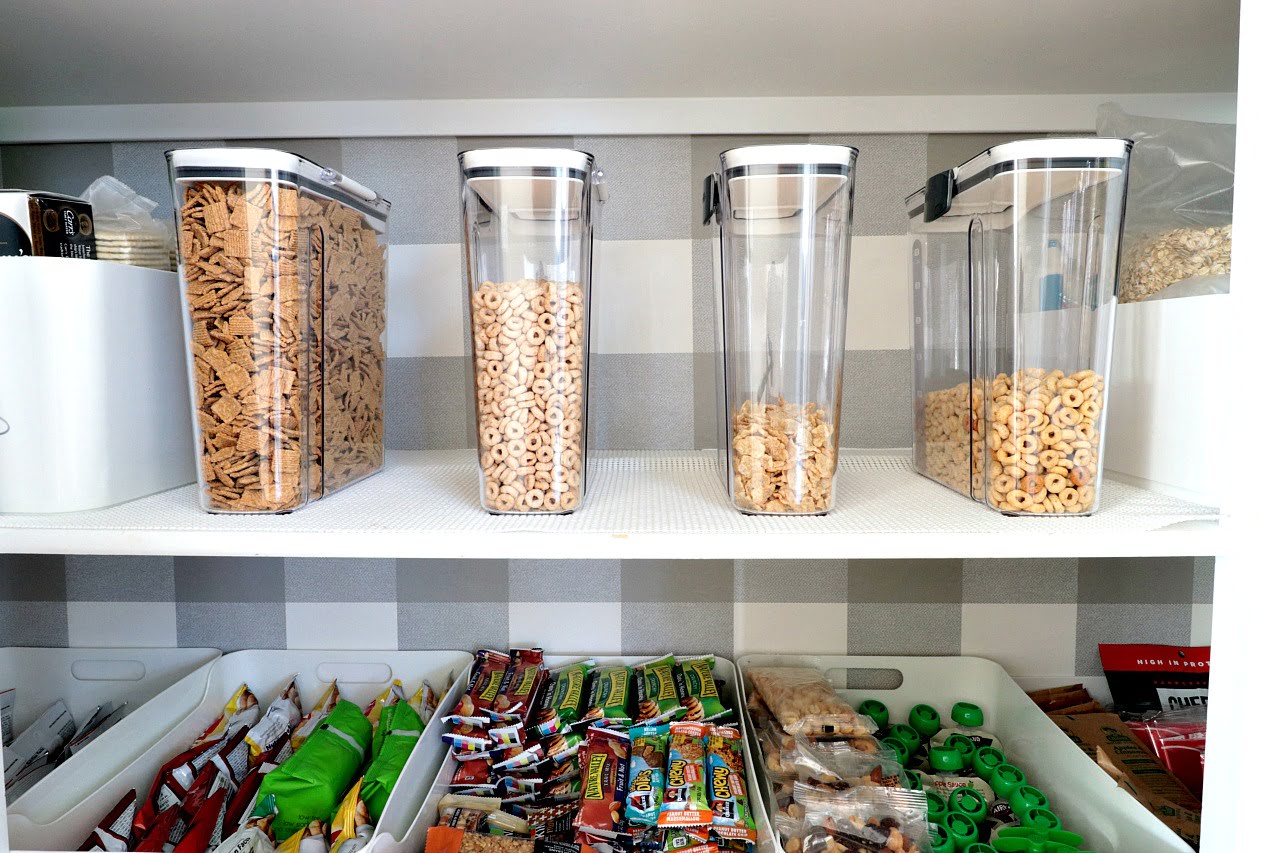
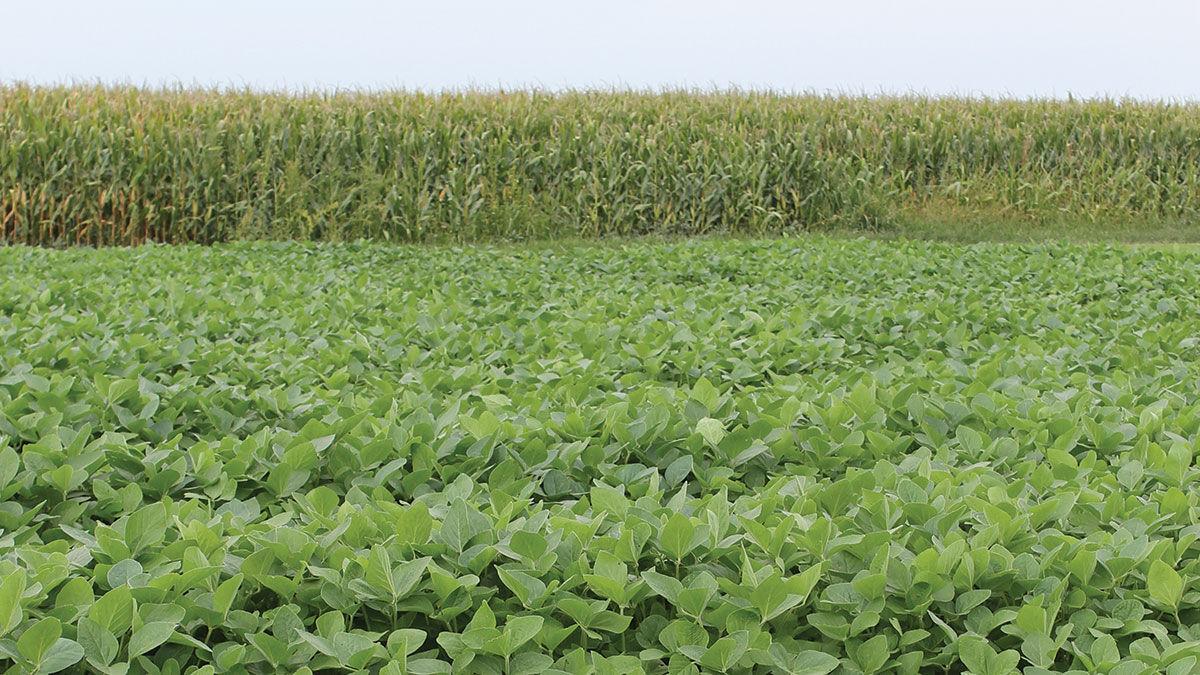



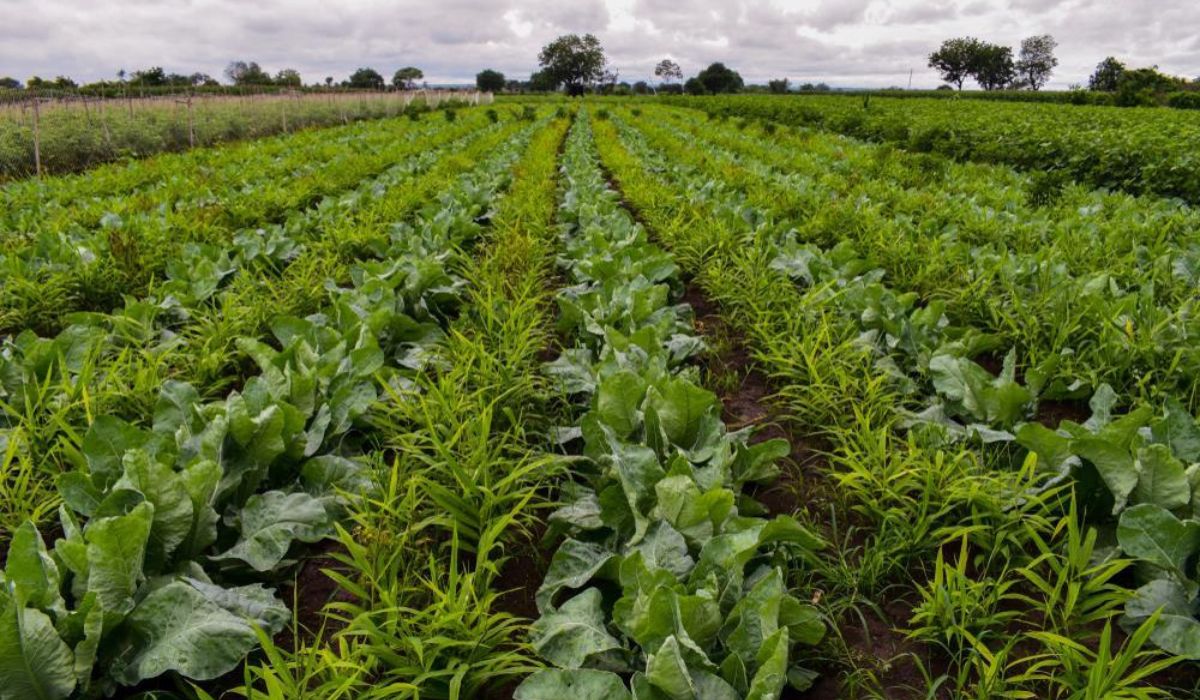



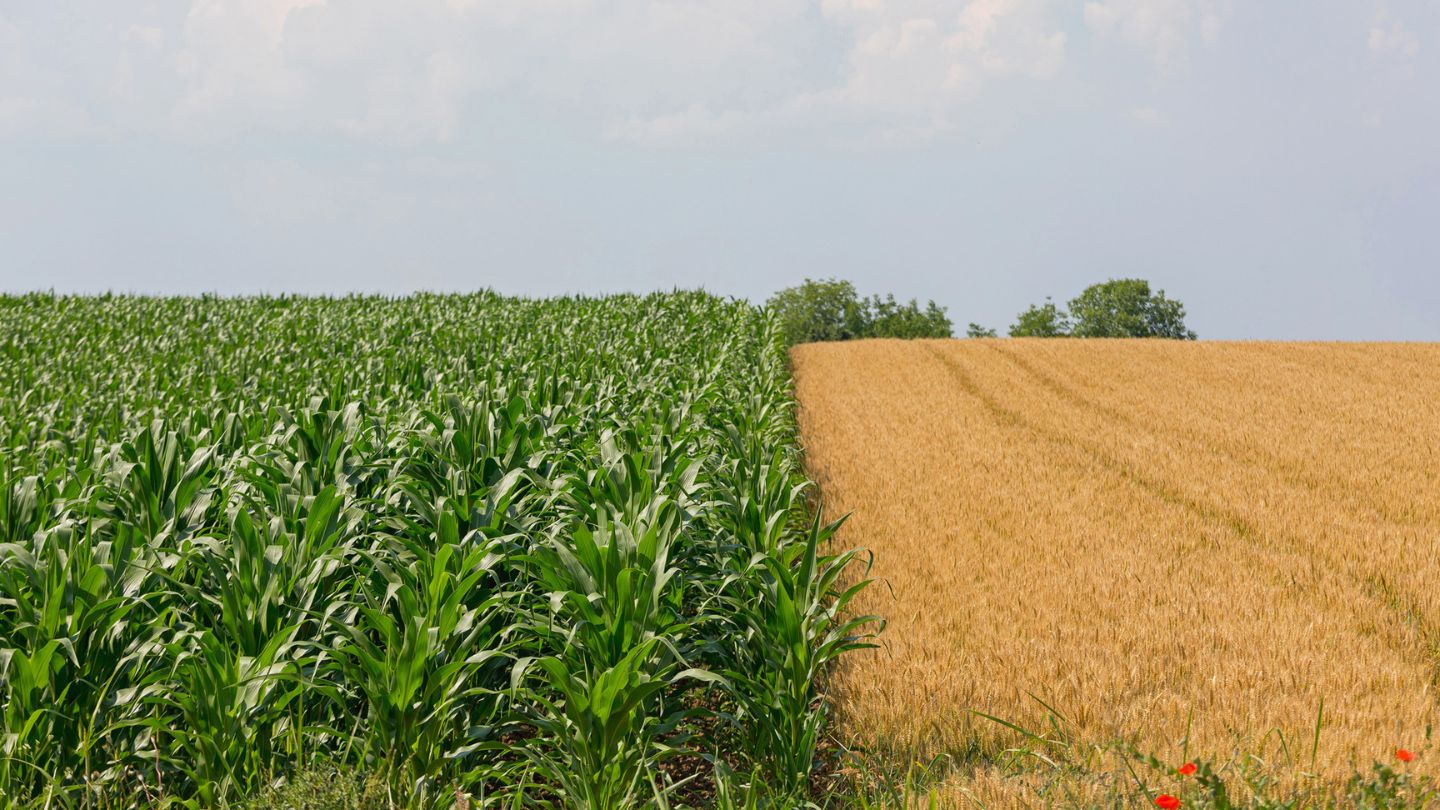

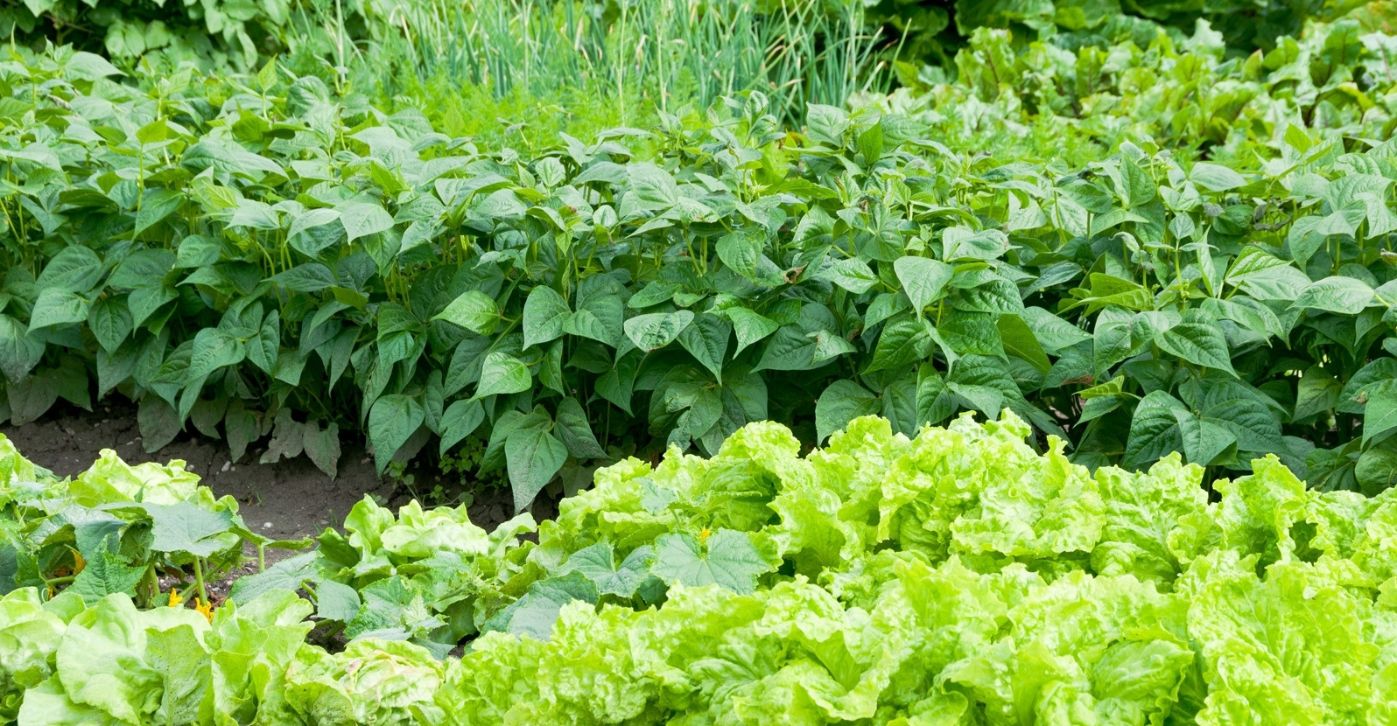

0 thoughts on “Define Cereal Grains And Describe How It Relates To Crop Rotation.”